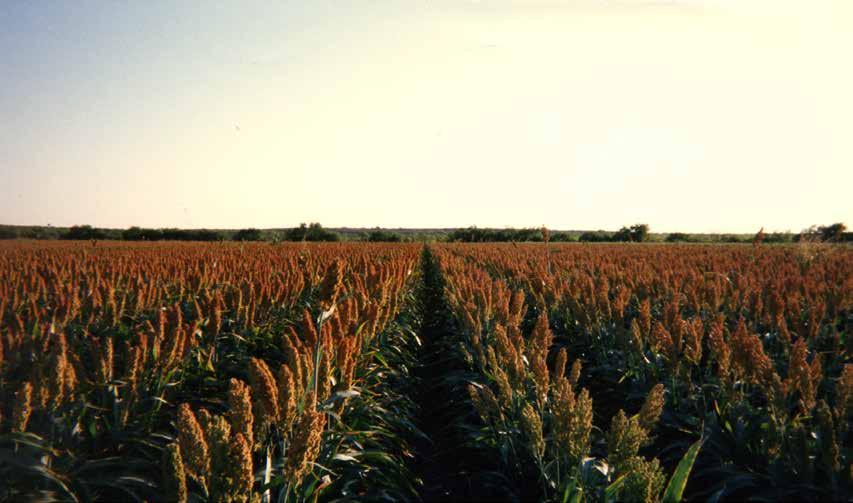
2 minute read
GROWING WITH CONFIDENCE
BRANDON WARNER, SEED DEPARTMENT
My name is Brandon Warner. I am a Fort Hays State University graduate with a bachelor’s degree in Agronomy. I am a certified CCA, CPAg, and 4R NMS with the American Society of Agronomy. Previously, I was a Field and Sales Agronomist with CPC for 6 years. I am excited to take on this new role.
Advertisement
Planting for the Future
It is hard to deny, the past 12 months have been challenging. In this day and age, we need to think ahead because seed, fertilizer, crop protection, commodity, and fuel prices are all on the rise. Understanding how to be profitable as businessmen is becoming critical.
With the possibility of XtendiMax® and Engenia® being tied up in court, take notice of the applications of Enlist E3™ and how it works with your operation. E3 double crop soybeans could be a platform we may need to consider due to the June 30 cutoff of applying dicamba products on Xtend soybeans. CPC will have extra E3 soybeans on hand to help with this concern.
Looking ahead to summer, sorghum will be a popular crop. Annually, we find ourselves scouting for common sorghum pests such as sorghum headworm and sugarcane aphids. Contact your CPC agronomist about pest control methods for sorghum headworm. We have prevention measures for sugarcane aphids; by planting aphid resistant sorghum we often may not have to spray for the pest. At CPC, we have aphid resistant sorghum available for purchase.
Profitability Matters
Let me start by saying, CPC has a great lineup of profitable sorghum, corn hybrids, and soybean varieties to provide genetic diversity and add to your bottom line. Many producers are looking at non-traditional vectors for obtaining profit on the farm.
One idea would be planting cover crops for livestock, either for your own livestock or to lease out your ground. Some of the struggles with this, in a conventional sense, is once the corn gets harvested, you drill in a cover crop. It may be very late, and the cover crop may have a hard time establishing biomass before you’re ready for grazing. In addition, the drill tends to chop up the stalks and leaves, allowing for them to blow and wash to your ditches, trees or the neighboring county.
I encourage you to speak with myself or your CPC agronomist about applying this cover crop with our Hagie Fortifier. With the Fortifier, it allows you to get the cover crop seeded while the corn is maturing so that you can get a jump on biomass, allowing for corn harvest with no additional detriment to the corn stover. We offer rye, wheat, triticale, turnips, radish, collards, winter peas and much more. (










